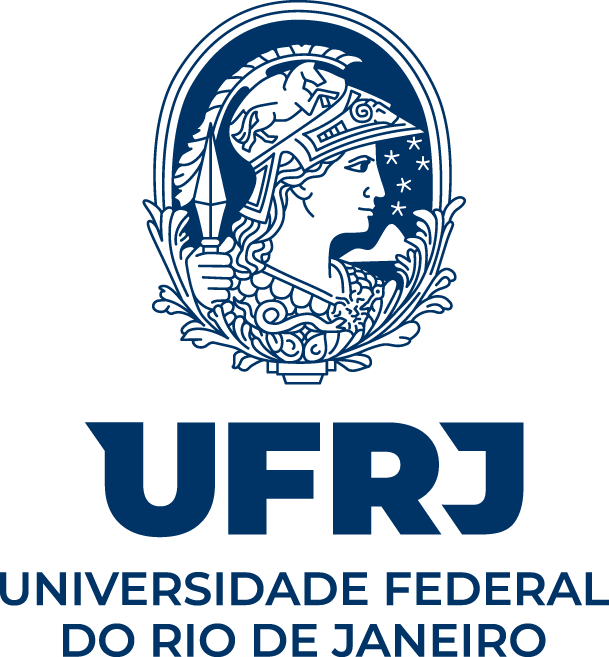
Federal University of Rio de Janeiro
 The Federal University of Rio de Janeiro (, UFRJ)).}} is a public research university in Rio de Janeiro, Brazil. It is the largest federal university in the country and is one of the Brazilian centers of excellence in teaching and research.
The Federal University of Rio de Janeiro (, UFRJ)).}} is a public research university in Rio de Janeiro, Brazil. It is the largest federal university in the country and is one of the Brazilian centers of excellence in teaching and research. The university is located mainly in Rio de Janeiro, with satellites spreading to ten other cities. It is Brazil's first official higher education institution, and has operated continuously since 1792, when the "Real Academia de Artilharia, Fortificação e Desenho" (Royal Academy of Artillery, Fortification and Design, precursor to the university's current Polytechnic School) was founded, and served as basis for the country's college system since its officialization in 1920. Besides its 157 undergraduate and 580 postgraduate courses, the UFRJ is responsible for seven museums, most notably the National Museum of Brazil, nine hospitals, hundreds of laboratories and research facilities and forty-three libraries. Its history and identity are closely tied to the Brazilian ambitions of forging a modern, competitive and just society.
Former alumni include renowned economists Carlos Lessa and Mário Henrique Simonsen; Minister Marco Aurélio Mello; the architect Oscar Niemeyer; the philosopher and politician Roberto Mangabeira Unger; the educator Anísio Teixeira; the engineer Benjamin Constant; writers Clarice Lispector, Jorge Amado and Vinicius de Moraes; politicians Francisco Pereira Passos, Oswaldo Aranha and Pedro Calmon, besides the great physicians Carlos Chagas, Oswaldo Cruz and Vital Brazil. Provided by Wikipedia
1
Published: Rio de Janeiro : Associaγπo Religiosa Israelita do Rio de Janeiro, 1989
Other Authors:
“...Universidade Federal do Rio de Janeiro...”
Library:
Centrum Judaicum Foundation (Berlin)
Book

